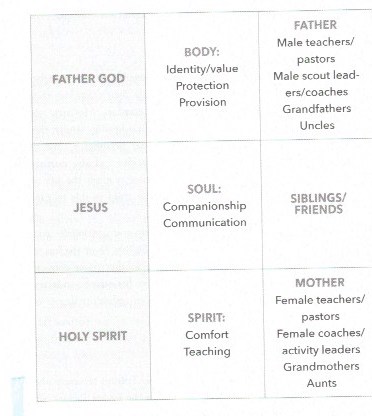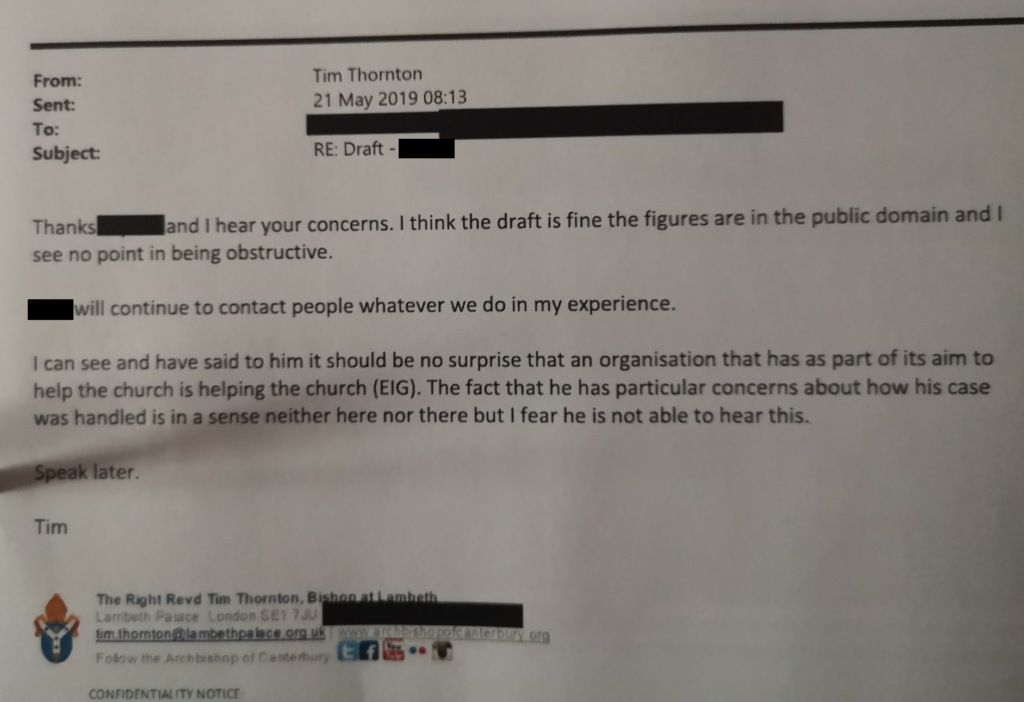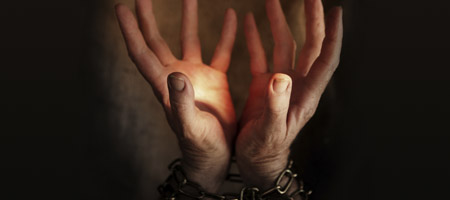By Janet Fife

In Part 1 I discussed a few of the concerns I have about Bethel Sozo (BS) and its parent church, Bethel Redding (BR). Since then I have discovered that BR’s influence is even more pervasive than I had thought: there are churches not listed as ‘Sozo churches’ which nevertheless have links to BR and run ‘Healing Rooms’ based on BR thinking. And, according to the BS UK website, ‘Bethel Sozo is being offered in hundreds of churches across the UK from almost every denomination & stream. They have opted to offer this ministry within their own church community. Accordingly, they do not appear on the Bethel Sozo UK website.’
Are these churches with BR links aware that 3 of the church’s senior leaders are vocal Trump supporters? That serious questions have been asked about the church’s finances? That it has been accused of promoting conversion therapy for LGBT people? That its theology is not orthodox?
Let’s take a look at Bethel Sozo. In this blog there is not space for a thorough treatment of what is a complex and often ambiguous system, but I want to point out a few areas of concern.
When you book a Sozo you’ll be issued with paperwork, including an indemnity release (aka liability release) form and a forgiveness sheet. But if Sozo is as gentle as they claim, why do they need clients to affirm that they will ‘release Bethel Sozo Ministry…from any harm or perceived harm resulting from my voluntarily receiving of [sic] free prayer’?
The 2-page forgiveness form advises clients not to proceed with a Sozo unless they are willing to forgive everyone who has wronged them, as ‘forgiveness is vital to deliverance and freedom’. While this is true, forgiving deep traumas such as abuse is best seen as part of the lengthy process of healing, not as a prerequisite to it. Here the pressure is piled on in a way calculated to hinder healing rather than facilitate it: ‘Unforgiveness…Binds you in a prison of torment’ and ‘allows the enemy [Satan] to have access to you.’
The Sozo session will last anything from 90 min – 3 hours. The client will find herself with the Sozoer (their term), a notetaker who will remain silent, and possibly a third, and will be asked to close her eyes for part of the session. Outnumbered, and with closed eyes while being observed by the Sozo team, the client is put at an immediate disadvantage. Yet despite this power imbalance, the liability disclaimer states: ‘I understand that…I am under no obligation to accept or reject any of the advice or help that I might receive from the team members.’
The aim of BS is to ‘build strong connections’ with each member of the Trinity. Four ‘Tools’ are used in basic Sozo (there are also advanced Tools and Sozo for children, couples, finances, sexual abuse survivors, and education). There are problems with all the Tools, but there isn’t space in this blog to discuss them. I’ll focus on the Father Ladder. In BS theory, each member of the Trinity corresponds to a part of a human being with its particular needs and fears; which in turn corresponds to a role in the nuclear family. The chart below is reproduced from Sozo: Saved, Healed, Delivered (SSHD):

The separation of soul and spirit is simplistic and doesn’t do justice to biblical concepts; the family roles are stereotyped. The division between members of the Trinity is pursued to the extent that they will ask the same question of all three Persons, expecting different answers. This is a version of the Modalist heresy. Yet these concepts are at the heart of what BS believe and what they do.
The Sozoer typically begins by asking the Sozoee (their term) why they have come. Using this information, the issue is linked with a Person of the Trinity and a family member.; or they may detect a poor relationship with a member of the Trinity and deduce the source of the problem from that. An example given is of a woman who felt ‘Father God’ was cold and distant. The Sozoer’s immediate response:
‘Repeat after me: ‘I forgive my earthly father for being distant, for not wanting to be near me, and for not creating a space for me to feel safe or accepted. I renounce the lie that Father God does not want me close and does not have a safe place for me.’
The book gives many such examples where the Sozoer dictates a prayer to a Sozoee without first confirming their assumption of the family member’s failings (and in some cases, crimes) is correct, or asking the client if they are willing to pray as directed. The interview may continue with further dictated prayers of repentance, renunciation, and forgiveness, or demonic influence may be detected and banished. The liability waiver begins to make sense.
At some point in the session the Sozoer will ask the client to close their eyes and think of ‘Father God’, Jesus, or ‘Holy Spirit’. This may happen at the beginning or further into the session; with only one of the Trinity or with all three – but, crucially, only one at a time. The question follows: ‘What do you feel, hear or see?’ Depending on the response, the Sozoer is ‘able to discern which lies hinder that person’s connection to the Lord’. The pattern of forgiving and renouncing is followed each time, to ‘remove each negative presence’.
BS, and its parent church BR, teach that when a person is in a good relationship with Father God, Jesus, and Holy Spirit, and not ‘partnering’ with wrong spirits, their other problems are resolved and their needs met. Sometimes this belief is implicit rather than explicit, but it lies behind many of the examples given in SSHD and on the BR website. Thus, the struggling single mother who has been taken through repentance, forgiveness, and deliverance is now free to ask for help, with the implication her financial worries will be solved.
No doubt many of those offering BS ministry will have a sincere desire to help; and some Sozoees will feel they have been helped. In some cases renouncing unhealthy attitudes and behaviours and forgiving others will have been what they needed. Others will be disappointed and disillusioned when expected improvements do not occur. Significantly, a Shabar ministry has now been established for those who ‘have been unable to hold on to’ their healing through Sozo. I fear some will find that the power imbalances, assumptions made, unfulfilled expectations, and distorted theology of Bethel Sozo will have only damaged them.









